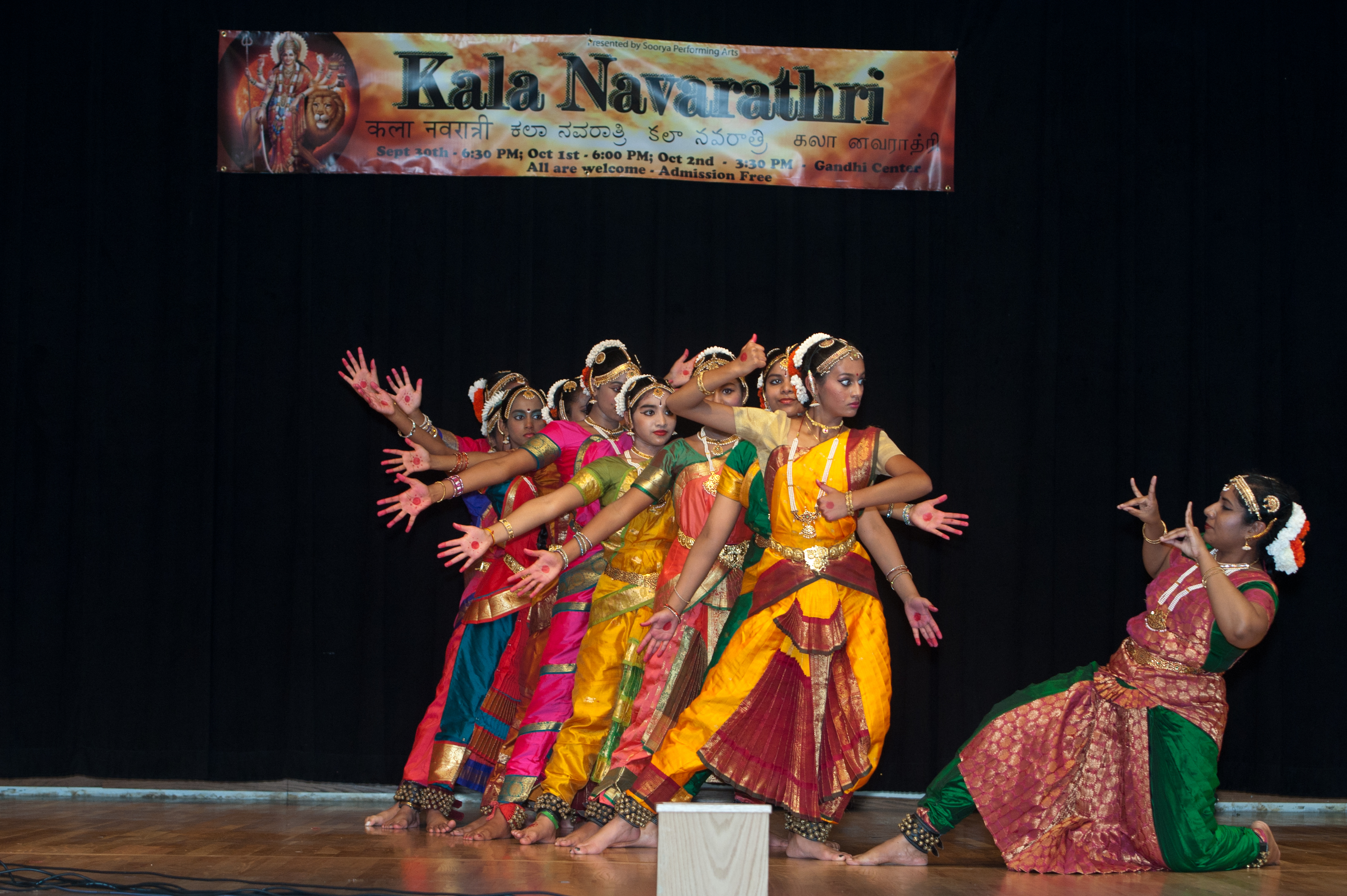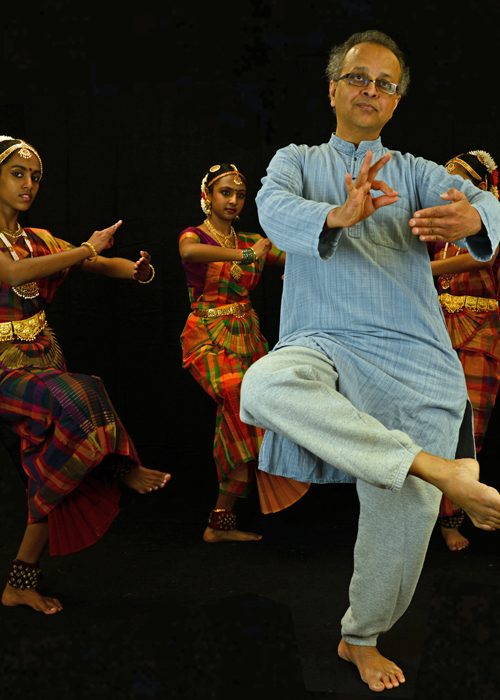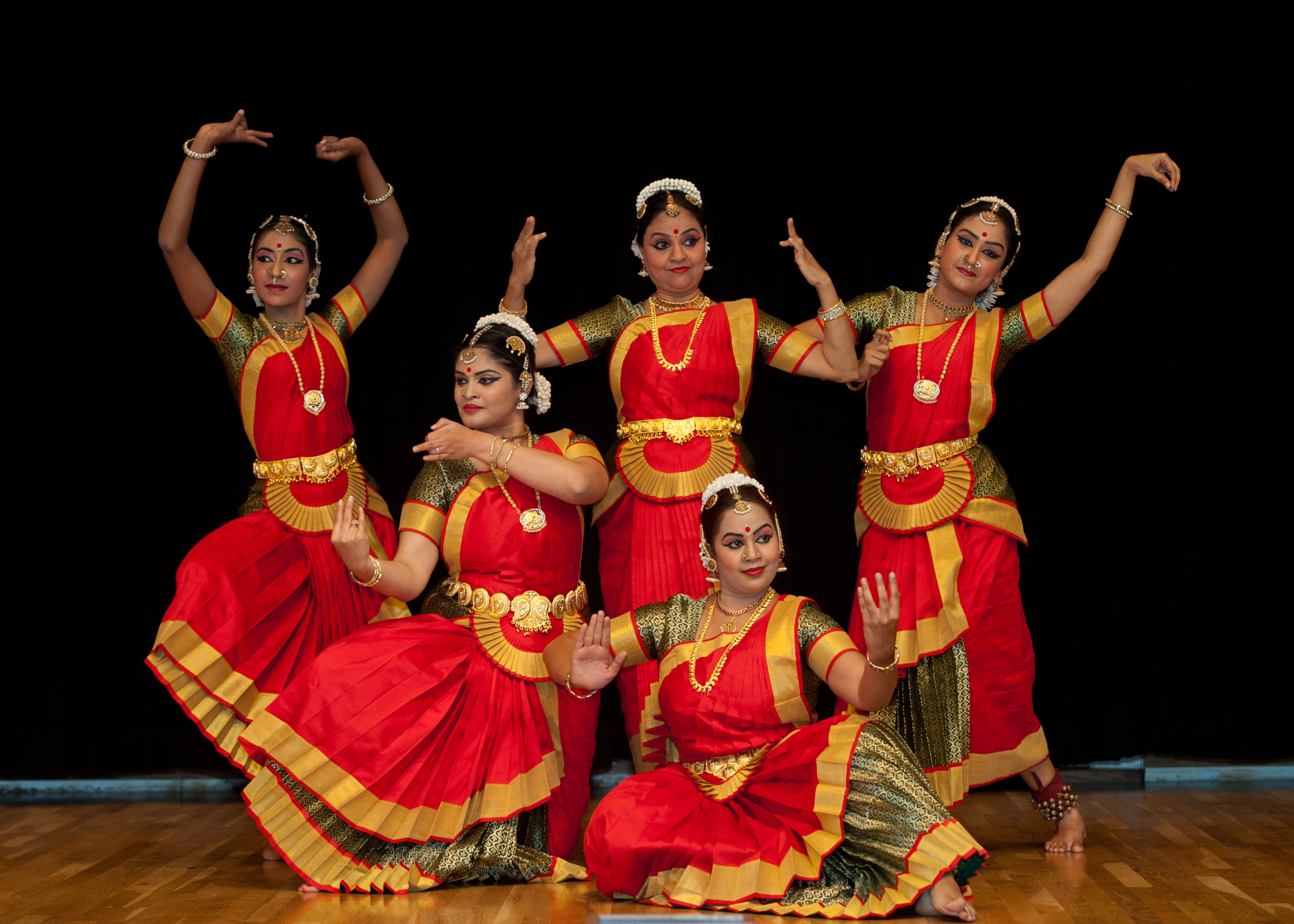Bharatnatyam
Bharathanatyam is a classical dance form practiced mostly in South India, due to its historical reasons of foreign invasions. It is believed this was the original dance form which existed in 2nd Century BC - 12 Century AD - was pushed south by foreign elements slowly to South India. The pre-10th century sculptures of North India portrays the dance style similar to Bharathanatyam existing in the entire indian subcontinent - proving that it was a national dance form accepted all along the country. Another reason to believe is - this dance is dependent on a treatise called Bharathanatyam.
Bharatanatyam's current avatar was created by Tanjore quartet - in late 19th century. The name Bharatanatyam is a simple derivation from the four most important aspects of dance (in Sanskrit). These are: Bha from Bhava meaning emotion, Ra from Raaga meaning music or melody, Ta from Taala meaning rhythm and Natyam meaning dance. Thus Bharatanatyam is the dance that encompasses music, rhythm and expressional dance or Abhinaya and strictly adheres to the Natyashastra (the scripture of classical Indian dance).
This dance style is characterised by a linear form of the body without any pronounced movement of the upper body and linear spatial patterns, which make the dance form extremely dynamic and powerful.


